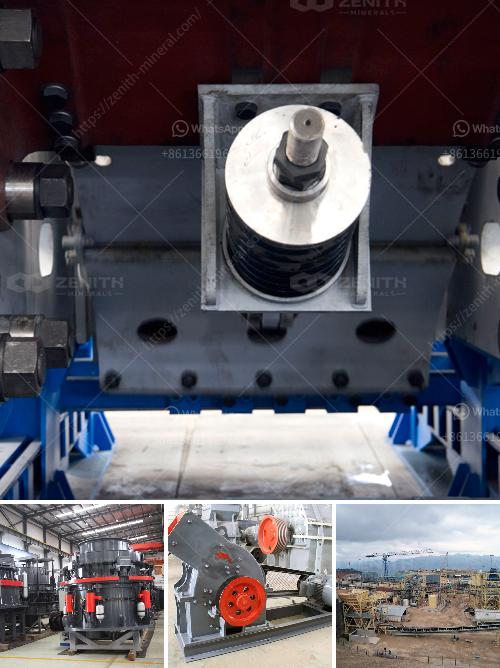Making sand from river pebbles involves a process called crushing and screening. Here are the basic steps to achieve this:
-
Collection of River Pebbles: Gather river pebbles from a suitable source. Ensure that the collected pebbles are clean and free from debris.
-
Primary Crushing:
- Use a jaw crusher to break down large river pebbles into smaller pieces. The jaw crusher exerts mechanical force to reduce the size of the pebbles.
-
Secondary Crushing:
- Feed the smaller pieces into a cone crusher or impact crusher. This further reduces the size to achieve finer particles.
-
Screening:
- Use a vibrating screen or sieving machine to separate the crushed material into different grain sizes. The fine material that passes through the screen is considered as sand.
-
Washing (Optional):
- If very high-quality, clean sand is required, wash the screened sand to remove fine dust and impurities. This can be done using a sand washing machine.
-
Drying (Optional):
- If the sand needs to be completely dry, it can be passed through a drying machine or left to air-dry.
-
Stockpiling:
- Finally, stockpile the produced sand for further use. Ensure it is stored in a way that prevents contamination.
Equipment Needed:
- Jaw Crusher: For primary crushing.
- Cone Crusher/Impact Crusher: For secondary crushing.
- Vibrating Screen/Sieving Machine: For separating different sizes.
- Sand Washing Machine: For cleaning (if needed).
- Drying Equipment: For drying (if needed).
Points to Consider:
- Quality Control: Regularly monitor the quality of sand produced to ensure it meets the required standards.
- Environmental Impact: Be aware of and mitigate the environmental impacts associated with river pebble collection and sand production.
- Safety: Always prioritize safety when operating crushing and screening equipment.
Using this process, you can produce high-quality sand from river pebbles suitable for construction, landscaping, or other purposes.


